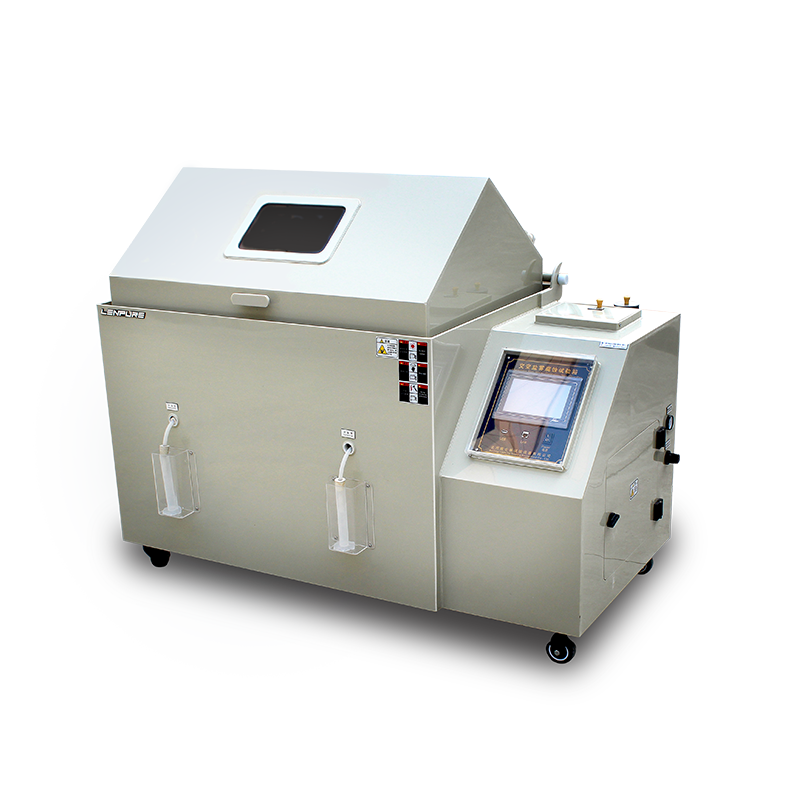

Some companies use salt spray test chambers very frequently, and long-term use inevitably leads to malfunctions. If necessary maintenance is neglected, the frequency of malfunctions may increase. If you rely on the manufacturer or professional technicians for repairs every time a malfunction occurs, it can be troublesome and increase both time and economic costs. In fact, most malfunctions are minor and common issues. Operators can quickly resolve these problems by learning some basic repair methods. In this article, we will introduce common troubleshooting methods for this equipment to help you address minor issues in daily use.

When everything is ready and the power is turned on, but the equipment does not work, you can check if the heating tank needs water. If the water level in the heating tank is too low, the machine will enter a self-protection mode and cannot operate normally.
If the salt spray test chamber does not spray, you can check the following parts:
Ensure the air compressor is functioning properly.
Inspect the compressor’s air delivery hose for any damage.
Check if the pressure of the pressure regulator is normal.
Look for any blockages in the nozzle. Generally, the nozzle needs to be replaced after a period of use.
Verify if the solenoid valve is working correctly. If the airflow is obstructed, clean and unclog the solenoid valve. If the coil is burned out and unusable, replace the coil.
If the spray is normal but the air compressor is not running, it may be due to improper operation by the staff, causing the compressor to enter an emergency stop and protection mode. In this case, no repair is needed; the staff only needs to correct their operating procedures.
If the touch screen does not respond, adjust the touch screen settings and disable the auto-lock feature. If this is not the cause, it may be a hardware issue, and you should contact the manufacturer for repair.
If the salt spray test chamber does not count the spray time, it may be because the chamber temperature has not reached the preset temperature—in this case, the machine does not count the time. Alternatively, the spray time may match the set test time, so the device does not display the count.